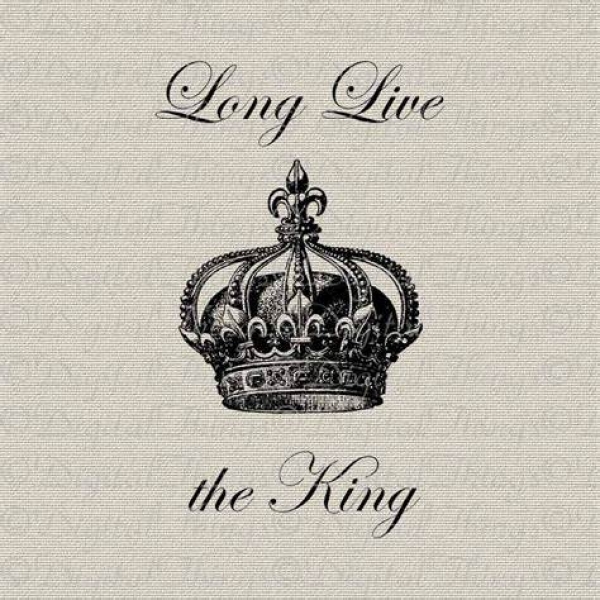Do you know where your boundaries are for your property in Whetstone? And, do you know which boundaries you are responsible for?
There are many myths surrounding boundaries and responsibilities, so we’ve put together this short guide to help you understand where your property boundary is – or if you don’t, knowing how to find it!
Is it important to know my boundaries?
Sometimes it’s easy to spot exactly where your property boundary is. Chances are, there will be a fence or a hedge or some other structure that helps define the boundary.
But that is not always the case. It might be that the boundary is overgrown, or there is no definitive boundary to be seen. There could even be not-so-neighbourly disputes that occur about trees planted on a boundary for example, with one side saying the other has to sort things out and the other side are in disagreement. That’s why it’s important to understand boundaries! Not to mention the fact that it’s useful to know exactly what’s yours!
Will the title deed of a property tell me about my boundary?
Actually, while you would have thought so, it’s not always the case – but it’s a good place to start.
If you look at the Government website, it’ll tell you that to find out about boundaries, you need to look at the Land Registry website and find the title plans. The Land Registry is where ownership of land is registered, and the title plan outlines the land in question.
The website states: “Most title plans don’t show exact boundaries”, however, this is not a huge issue as the website goes on to state that “you usually don’t need to have the exact boundaries recorded anywhere”.
So, I can make an agreement with a neighbour about my boundaries?
Yes, you can make an agreement with a neighbour which is handy because between you there can then be no dispute as to which bit of land is yours and what you are responsible for.
You can do this informally, or you can apply to have it officially registered. There is a process to go through and certain details are required. It’s best to seek formal legal advice on matters like this.
Is it right that the rule is that I’m responsible for the left-hand side of a property boundary?
This is something many people believe to be true but it’s not! There is, in fact, no legal basis to this. Some people, even solicitors, will say that a red line on a title deed marks the boundaries, and therefore responsibilities, but this is not always the case either.
As the Land Registry says, it’s just the general boundary.
The red line will fall within the boundary, but in the case of a dispute, it is the courts that will decide.
What if my boundary is obviously marked by a fence and trees?
If you plant a hedge or a tree, what happens when it grows so wide that the original boundary becomes obscured? You may have a fence installed – but does it run along the boundary or is it just inside?
It’s fair to say that you should not assume anything as boundaries can become blurred over time.
How can I find out where my boundary is for sure?
There is a document called a Title Plan. On that plan, which goes right back to when the land was originally developed and sold, there will be a boundary mark, and on it will be a shape like the capital letter T.
Where the top of the T falls, it is the owner of that land that has a particular responsibility. But, again, be careful. Just because you have responsibility does not necessarily mean you have ownership!
Are boundaries really this confusing?
It’s clear that the rules on boundaries aren’t always crystal clear. But, you will need the information when you are ready to sell your property.
Your conveyancer will definitely want to know about boundaries and responsibilities because the Land Registry will need to know who owns what and where. And of course, you and your buyer will want to know for sure too.
A conveyancer will likely ask if the boundaries are your understanding. So, if you’re thinking about moving home, we suggest that you gather all the paperwork regarding boundaries together in good time so that it can be presented to the conveyancers. If there are any issues with land ownership and boundary lines, they are the ones who will ask the questions and raise enquiries.
While boundaries are not an issue for the majority of home movers, they can become a legal minefield for others and it’s easy to see why neighbourly disputes can occur.
If you have any questions, please do get in touch. Compass Residential are your local property experts for the Whetstone area. Call us on 02039036660 or email markn@compassresidential.co.uk to see how we can help.

 By
By 

 By
By 

Share this with
Email
Facebook
Messenger
Twitter
Pinterest
LinkedIn
Copy this link